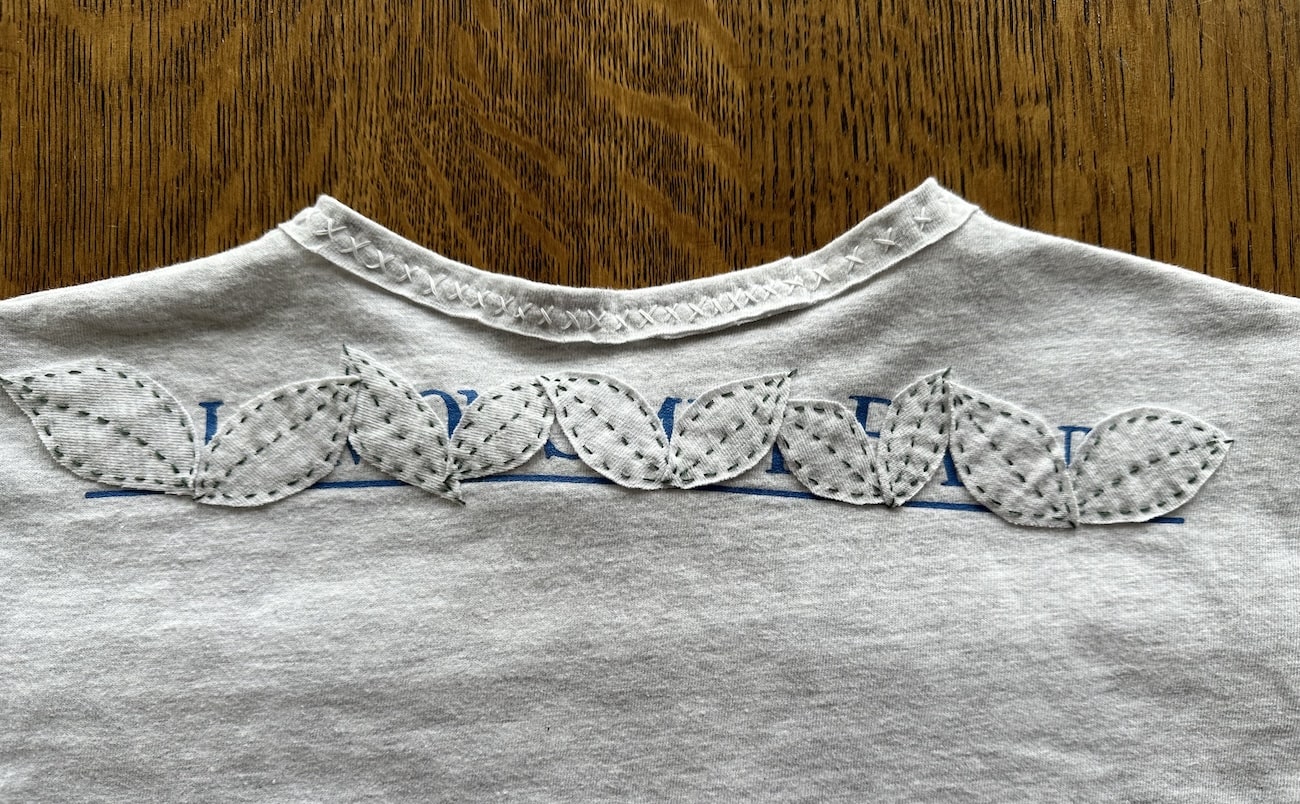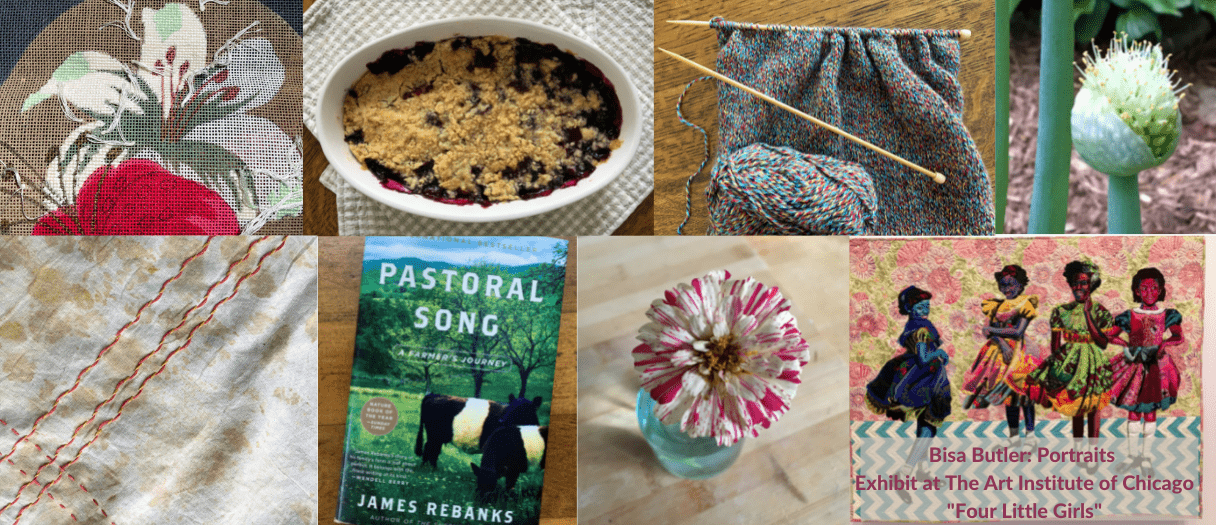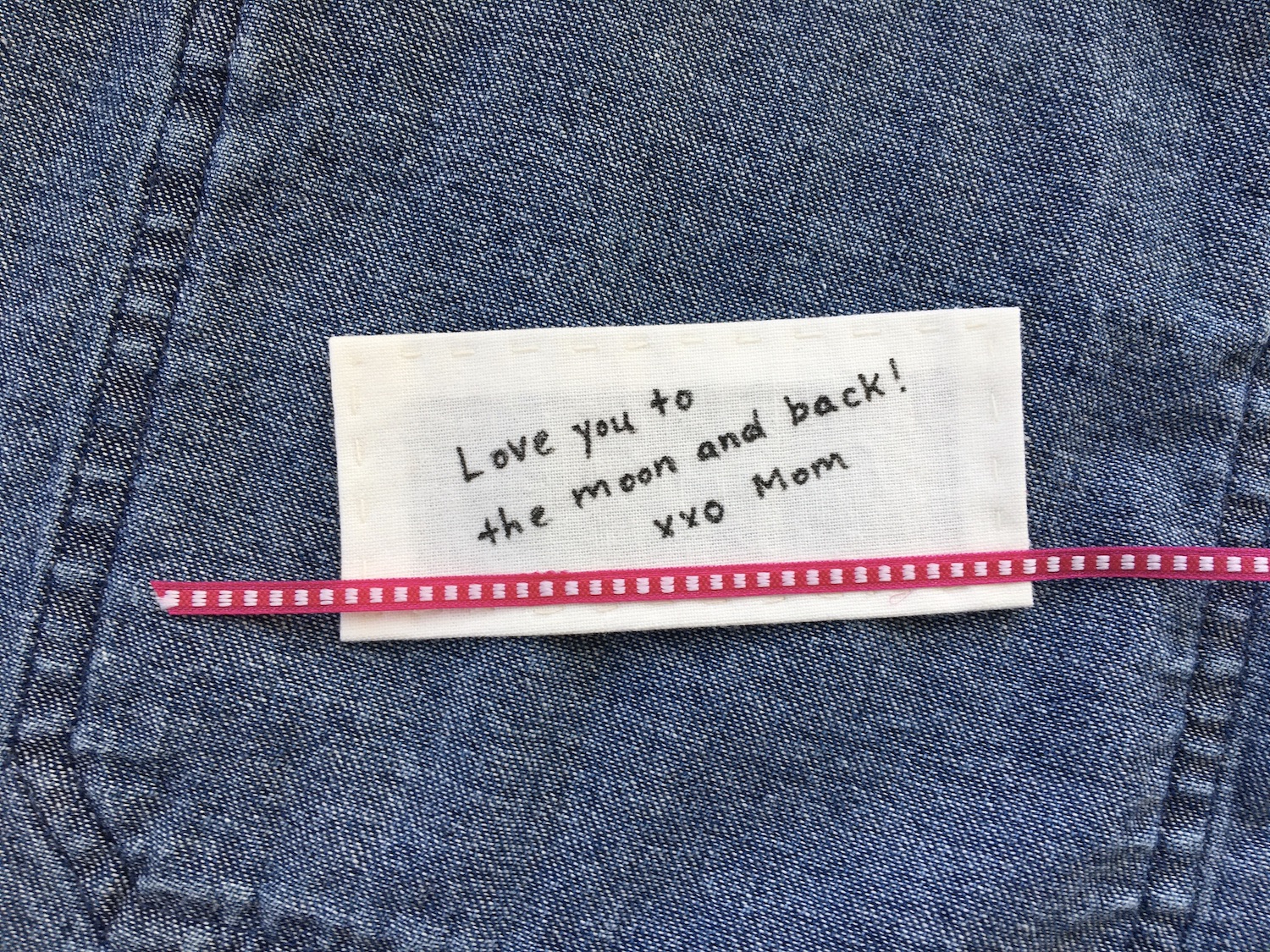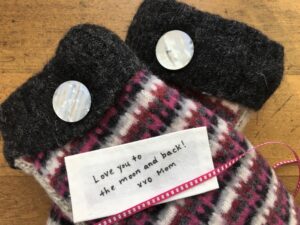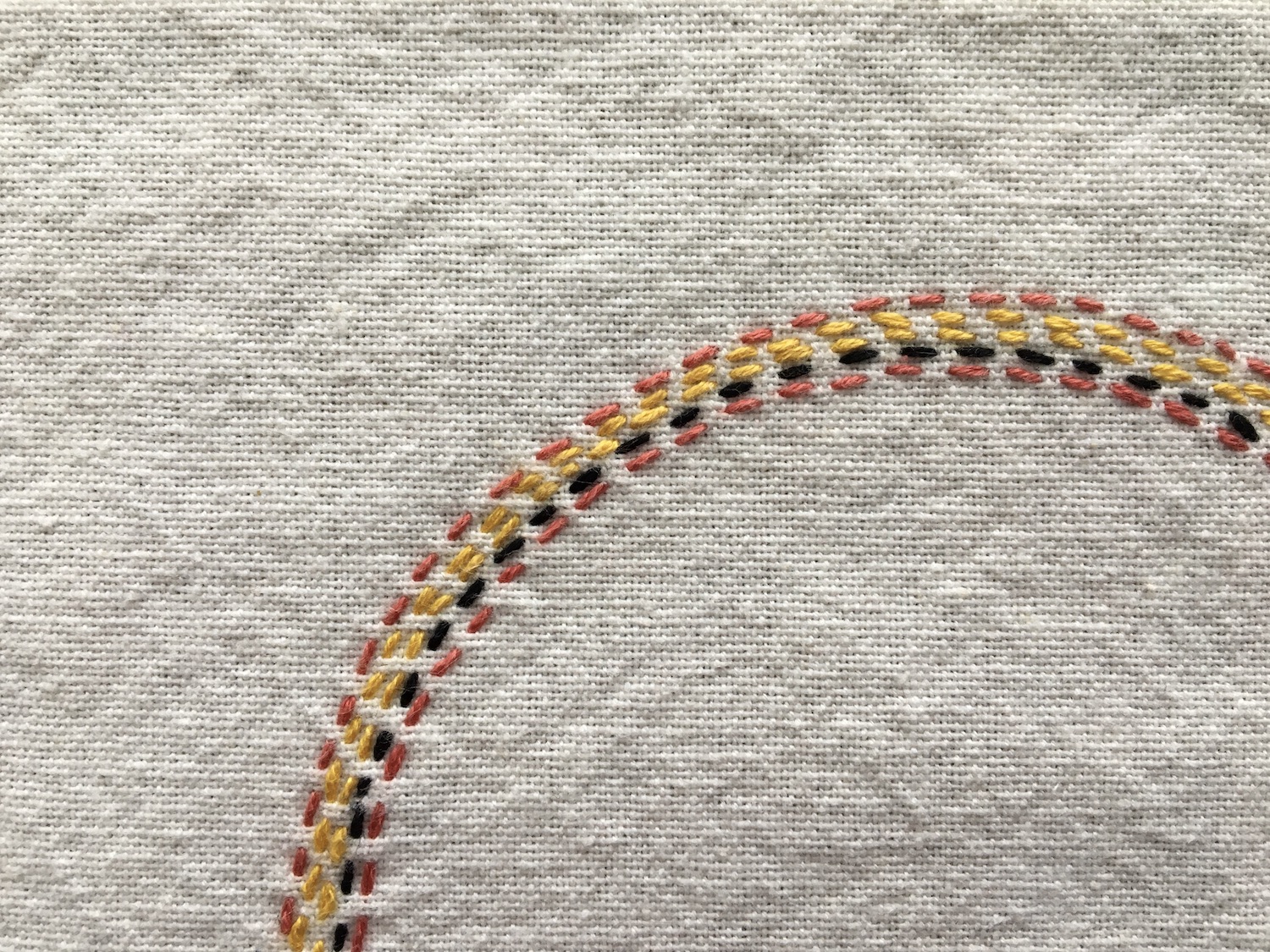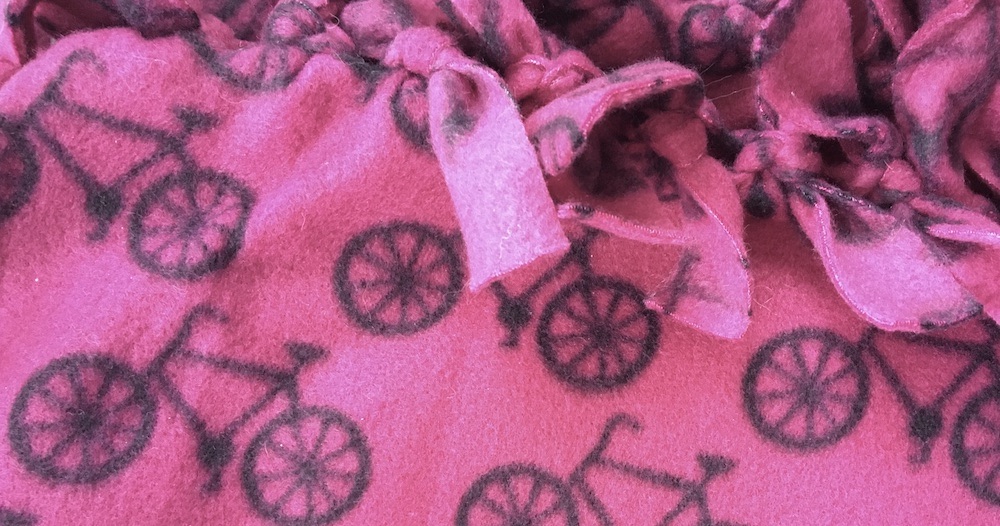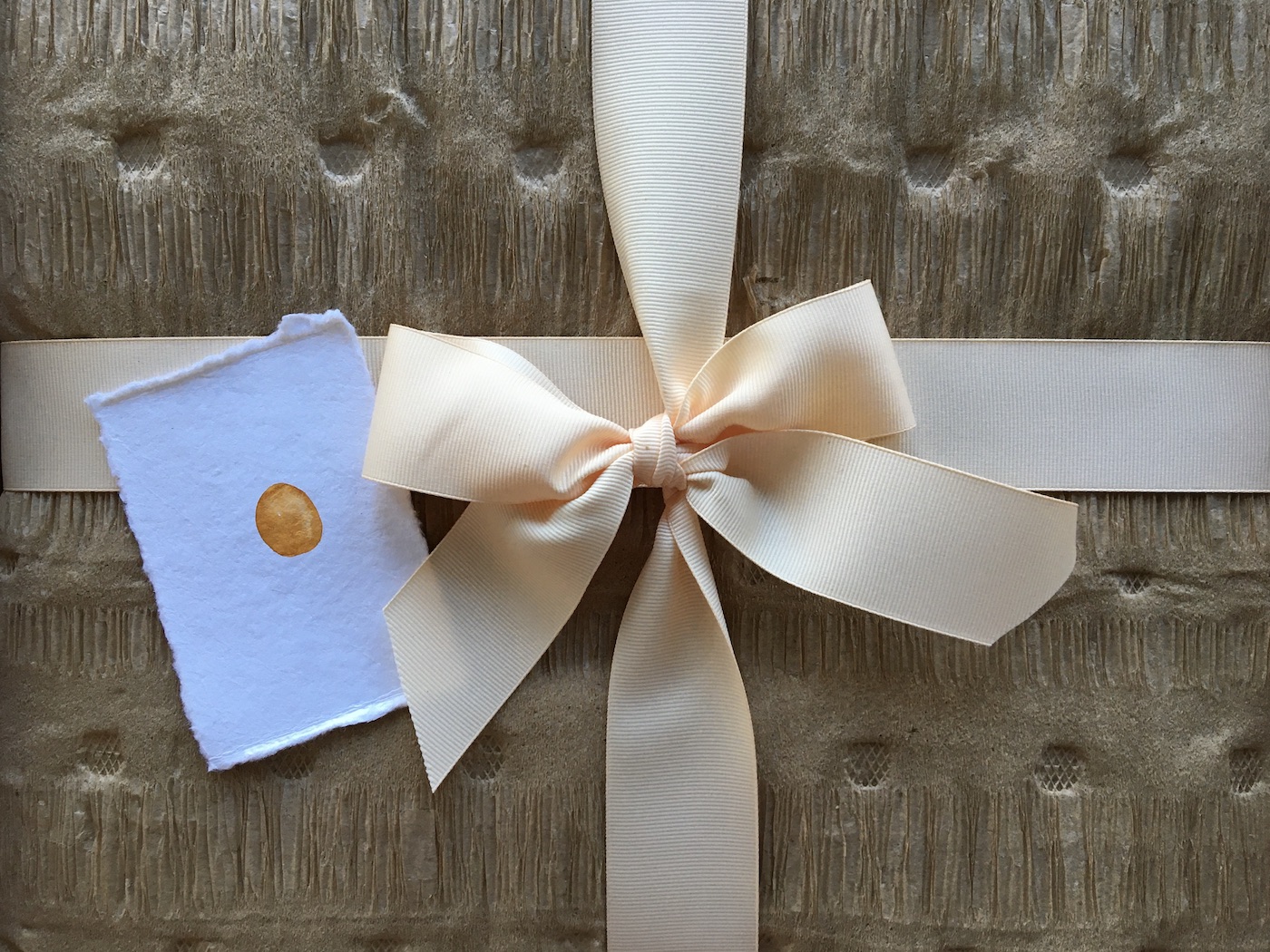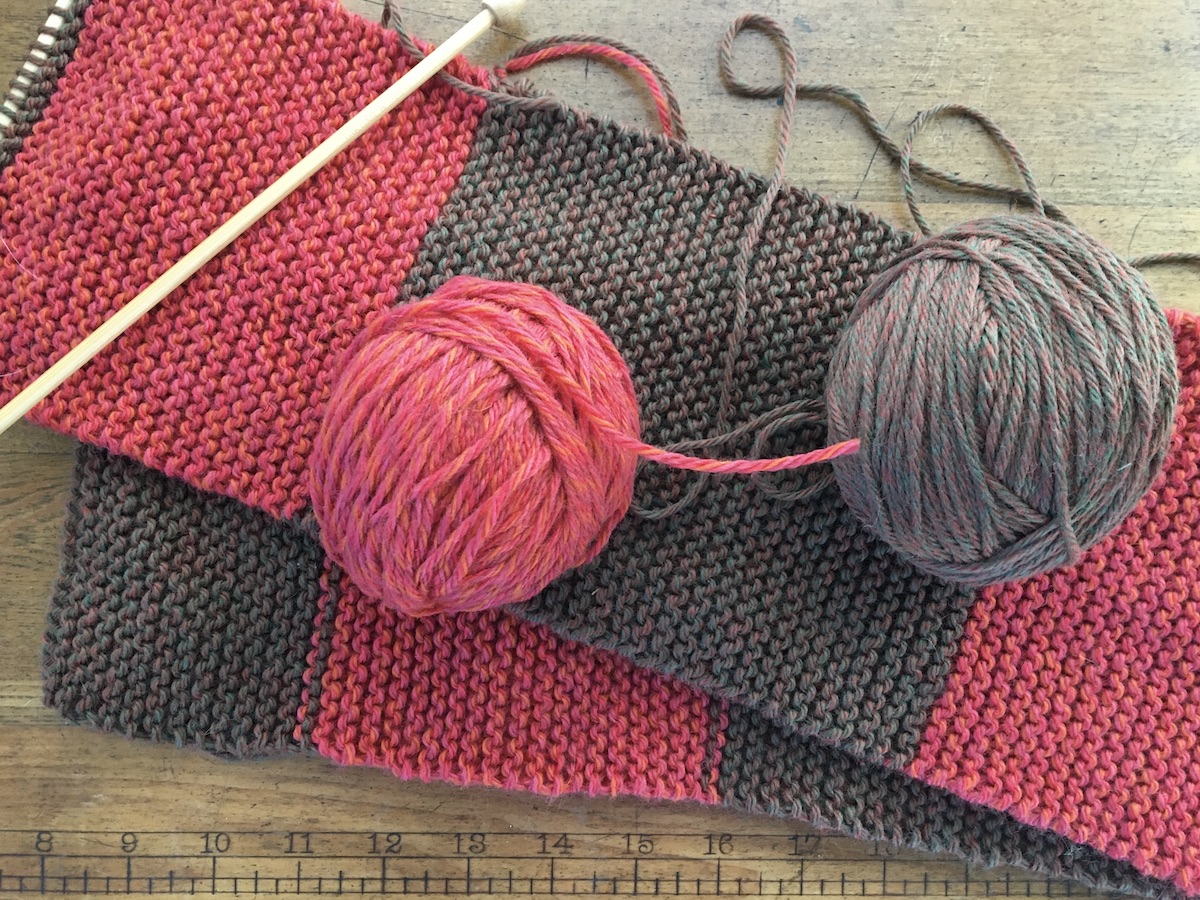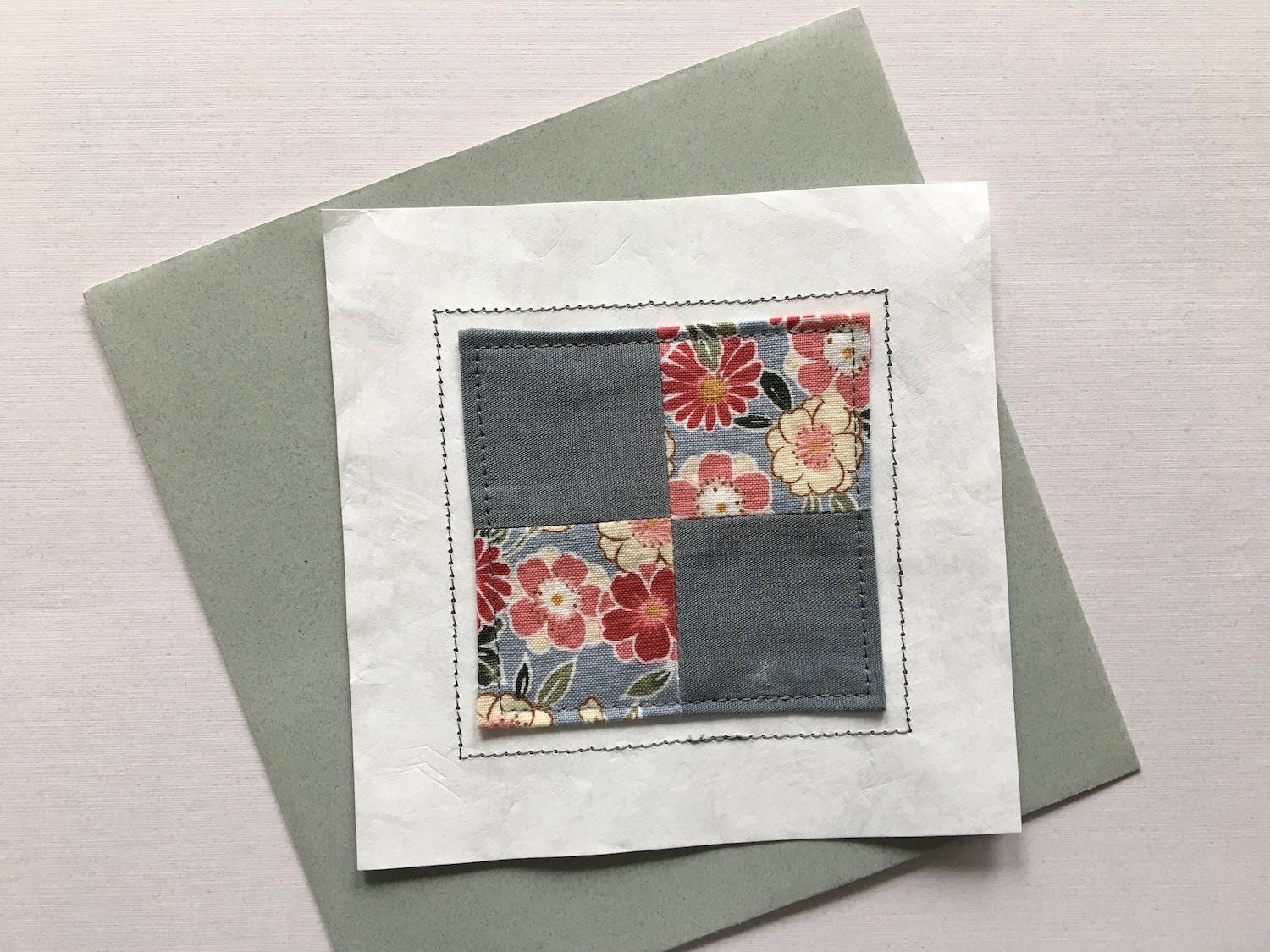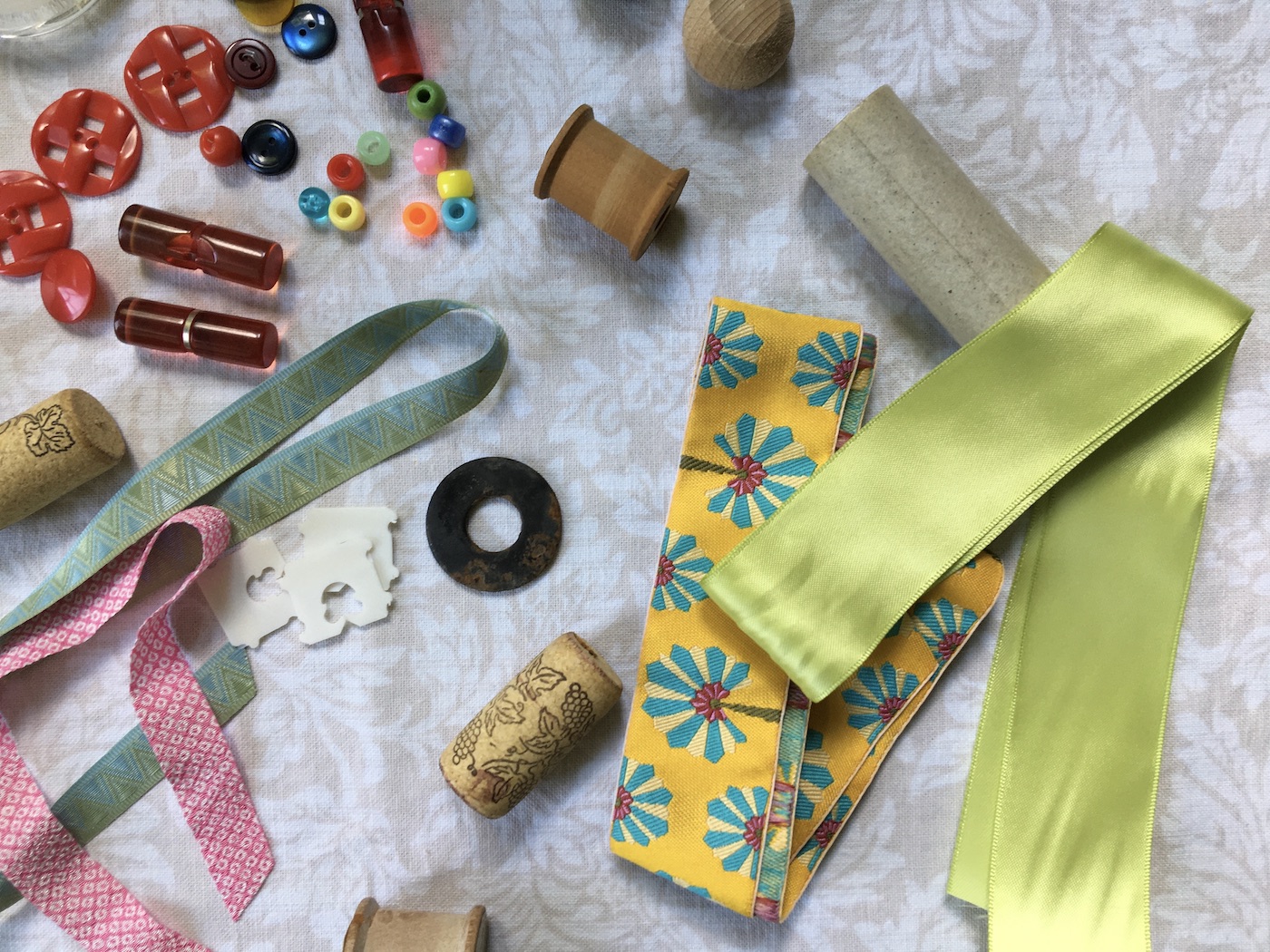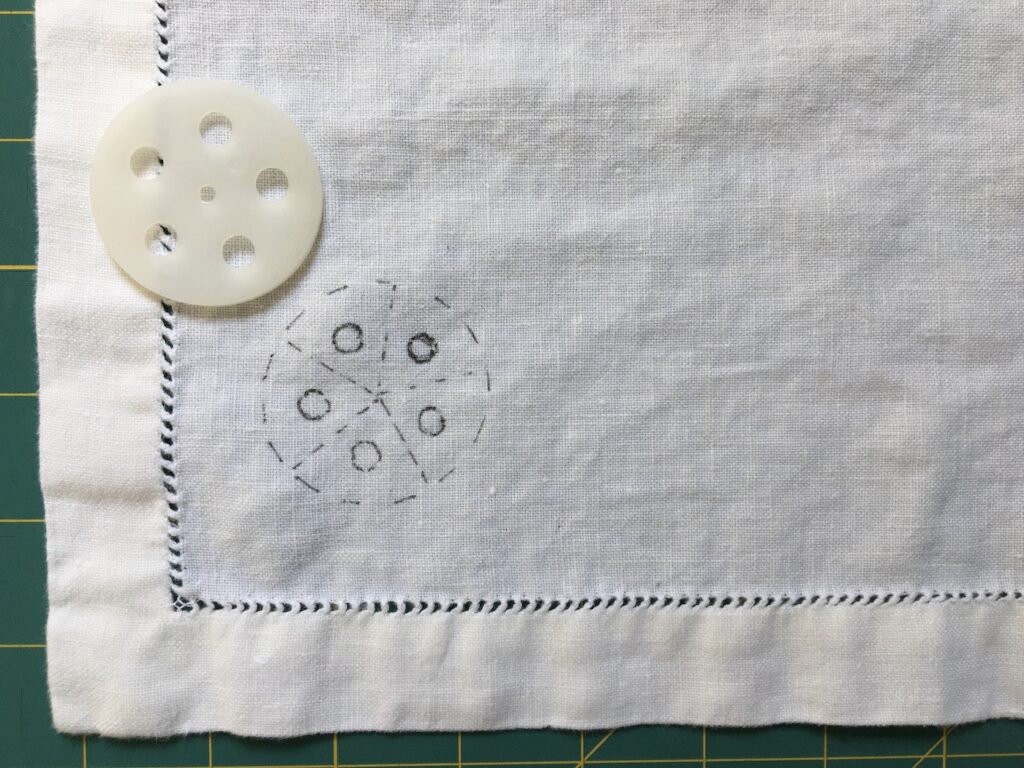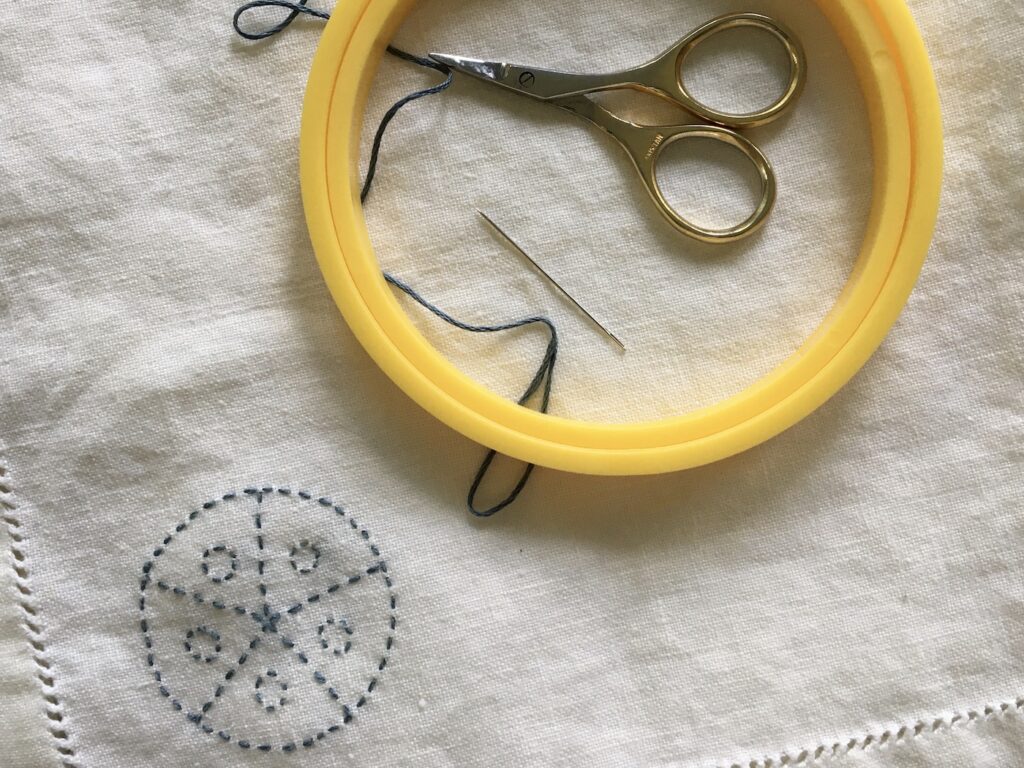The past few months, I’ve spent a fair amount of time exploring, playing and making. Not venturing far on most days, at least not physically.
It was a beautiful, long-lasting spring here in Northern Illinois this year – mild temps in the day, cool nights, rain at (mostly) the right times and in the right amounts. Magnolia trees actually held their blossoms for an extended period. Beautiful. Would we slide into a summer that was just as perfect?
With the start of fall, we now know the summer has been a challenging one: drought conditions in many parts of the country and devastating rainfall elsewhere are reminders of a changing climate; continued health worries with the delta variant…
With all that is going on out in the world and, perhaps, close to home in our daily lives, a creative practice for expressing where you’re at in all of this can give shape to your thoughts, ideas, solutions… In other words, a creative practice can act as an elixir of sorts that provides much-needed breathing space for processing and making/doing.
Key to my creative practice is making time to explore and play. Over the last few months, here’s where the journey has taken me…
Reading
Escaping into books is something I’ve done since childhood. This summer, I closed each day with reading in bed for a bit. Not light summer reading mind you. Instead, I went for some pretty intense stories that covered all the emotions but at the end of the day, shine a light on that which is most important and serve as a reminder to live into each day fully. Two favorites – Between Two Kingdoms: A Memoir of a Life Interrupted by Suleika Jaouad and Finding Freedom: A Cook’s Story; Remaking a Life from Scratch by Erin French. Find both at your local library or independent bookstore. I am currently reading Pastoral Song: A Farmers Journey by James Rebanks.
Knitting
For some reason, I love to knit in the summer – and, not light airy things. More like wool knits to use in the coming winter months. Last summer, I knit up a half-dozen scarves or so for Christmas gifts. Continuing on my mission to clear out my yarn stash, this year I tackled a sweater pattern. I look at the finished piece now with amazement – because I actually knit a whole sweater and finished it! (Many thanks to my wonderful, talented neighbor who had a lot of patience!) Using a simple pattern and focusing on each piece at a time kept it fun (for the most part), rather than overwhelming. I chose a classic sweater design (“Great Tunics,” View 2) from 25 Gorgeous Sweaters for the Brand New Knitter by Catherine Ham. Find it a the library or used on Amazon or at yard sales.
Quilting
A trip to the Art Institute of Chicago was all about finding inspiration. First stop was the Bisa Butler exhibit, “Bisa Butler: Portraits.” The quilts were breathtaking and the story behind each one a glimpse into Black life. This field trip also made me realize just how much I have missed going to museums during the pandemic.
Dyeing with Plants and Embroidery
I took an online steam-dyeing class from the folks at Lady Farmer. After the class, I spent a few evenings embellishing the project with embroidery. Since then, I’ve dyed small amounts of fabric using kitchen scraps and plants from our yard. So cool!
Cooking
No doubt about it, by late spring, we had fallen into a menu rut at our house, cycling through the same recipes each week. With summer, we had to change things up to take advantage of the vegetables coming out of our very small garden and the CSA (Community Supported Agriculture) box arriving each week. I dug into cookbooks and began experimenting with new recipes. One favorite book – Food52 Mighty Salads: 60 New Ways to Turn Salad into Dinner. A favorite soup recipe (that we modified based on what was on hand – like substituting spinach for the chard) – was this Moroccan Red Lentil Soup with Chard from the Feed Me Phoebe blog.
Gardening
At this point in the season, I’ve come to terms with the fact that the yard is what it is. My focus has shifted to laying out plans for next year. Plans that include expanding the garden to – hopefully – get rid of the lawn (and the lawn mower) within the next couple of years. My preliminary sketches on graph paper look somewhat like a quilt design!
Mapping Out Places to Explore in the Coming Months
Making time for exploring and playing, in my opinion, is just as important as time spent making. Map out your own path for exploring and playing in the months ahead. Your map can take many forms but ideally reflects where you are at right now. Young kids? Break habits and visit a new park or walk down a different street. Not feeling a 100%? How are the trees outside your window changing right now? What else do you notice this time of year? Work dominates life right now? Find a good book to really sink into, or take a few minutes to explore a favorite museum’s online collection. Yes, in person is more fun, but sometimes it’s just not possible.
Follow your interests to explore and play. Then, when the time is right, take all this inspiration into your studio* and make/do. Make beauty. Do good.
*The word “studio” is used to mean wherever you go to make all those ideas. A place where the energy shifts for a bit of time as you sink into a project and others (ideally) recognize that you are “in the zone.” For many years mine was borrowed space in a small room that also functioned as homework space and home office. When I lived in a studio apartment in Chicago, it was the breakfast bar that divided the kitchen from the living/sleeping area.

